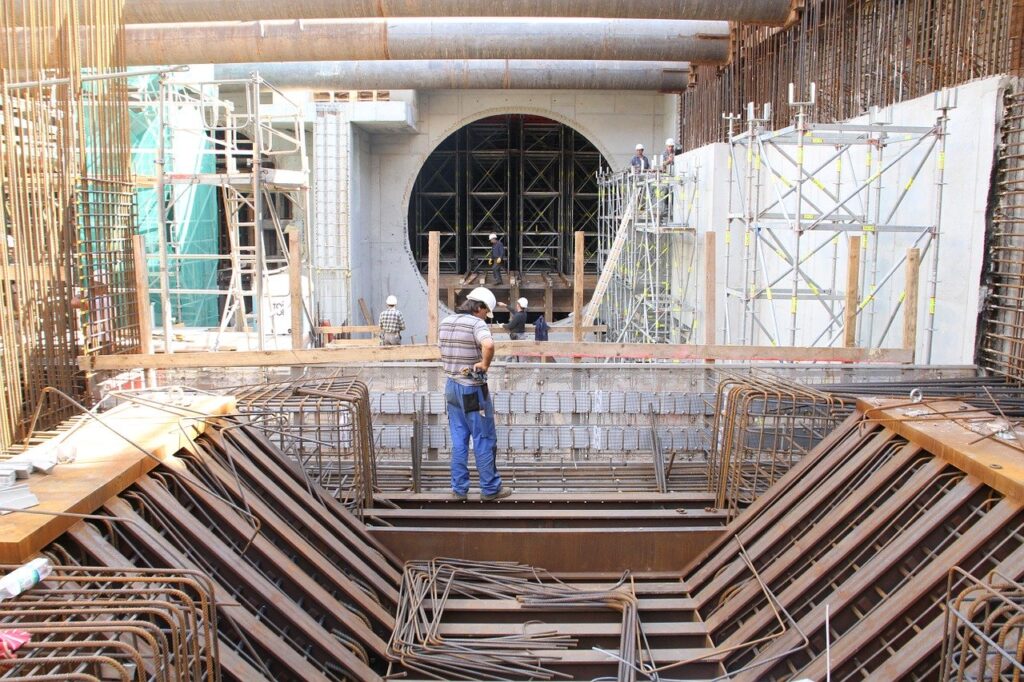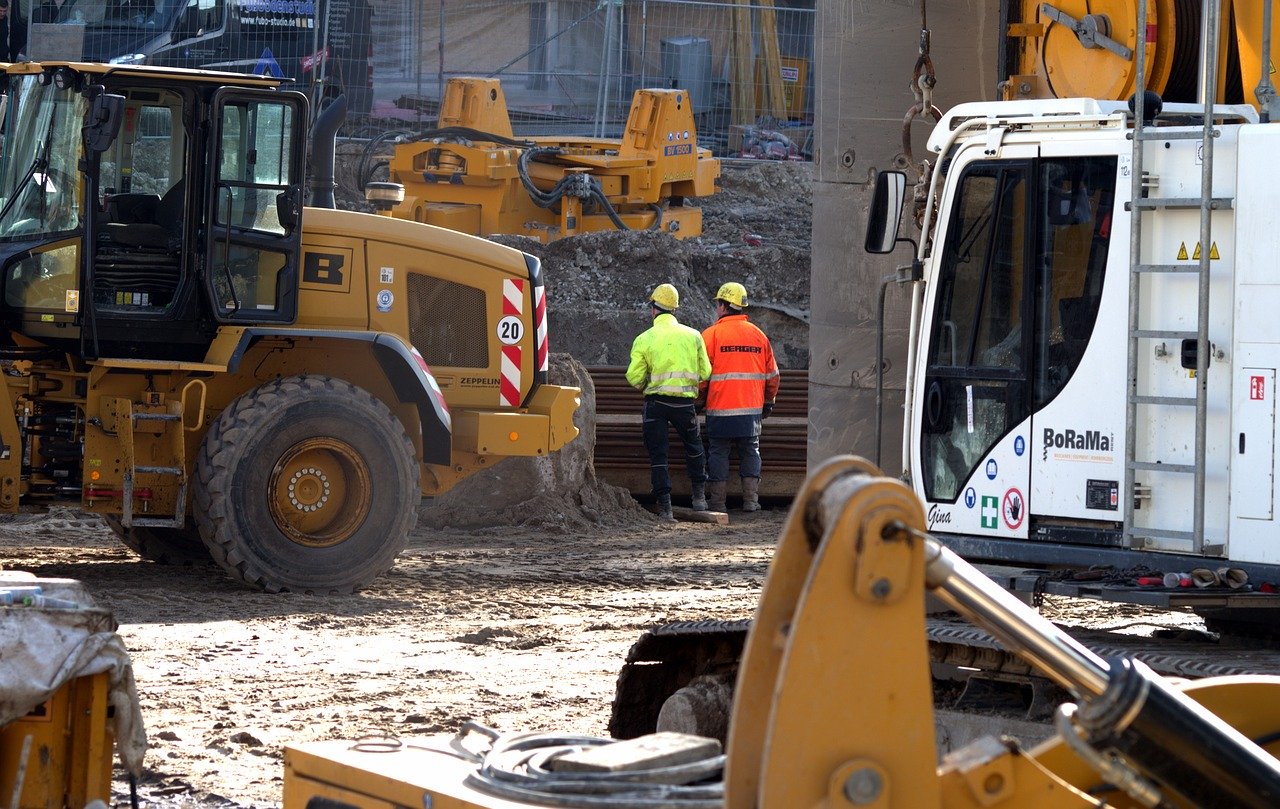In construction, documentation is always key. As a Project Manager, you need to be able at any time to retrieve critical data that will allow you to efficiently manage claims in your projects.
The smallest mistake and you can quickly end up fighting against claims that can block your project and cost you thousands of Euros. So, it goes without saying that your programme should reflect reality at all times. You can’t afford to miss any details or present inaccurate data. It makes sense, right?
Well, unfortunately, it’s not as simple as it may sound. Especially, if you are using the wrong tools. You can quickly end up drowning in admin work as a result of excessive manual processes and poor communication between the different teams.
How many times have you had to visit the construction site day after day to ensure that everything progresses according to the plan and that problems are reported as they should? And how many times have you wished for more direct communication between you and your foreman so that you could avoid these time-consuming tours on the field?
You know that a full site tour might take up to two hours of your day. Two hours where you have to go through the entire site and make sure that you have documented with precision every single issue you have encountered. Otherwise, your project can become vulnerable against any type of claim.
And that’s only a part of the story considering that every claim raised by a client or a subcontractor might result in days or even weeks of research to locate that one photo or email which will allow you to prove that you are not the one to be blamed for the delay.
Without a doubt, that process comes with a lot of stress and frustration. And the worst part? By focusing so much on the administrative side of your job, you don’t get to work on what really matters and what made you want to join this industry in the first place.
But it’s not your fault. It really isn’t. You were asked to fight this war using the wrong weapons. The tools you use to deal with this demanding process aren’t built for construction, making it even more difficult for you to manage project claims efficiently.
3 ways a construction-specific tool can protect your project from claims
By now, it should already be clear why a digital tool that is designed only for construction can be a better choice for every Project Manager who wants to stay in control of their projects and guard them against costly and time-consuming claims.
Without further ado, here are the three main ways a construction-specific tool can help you manage project claims in a smart and effective way:
1. Full alignment between the Project Manager and the Foreman
As a Project Manager, you continuously need to maintain a seamless communication flow with your Site Foreman to guarantee that all problems are recorded and addressed as soon as they emerge.
The thing is that WhatsApp notifications, emails, and whiteboard notes can generate more problems than solutions when it comes down to keeping Project Managers and Foremen connected. And the reason is simple: these tools are not designed to support such delicate and time-sensitive construction processes. As a result, miscommunication, loss of crucial information and delayed responses are always around the corner.
Read also: Lookahead planning – Do you have the right tools to stay on track?
This is where a construction-specific digital solution can make a big difference. With a platform like LetsBuild, for instance, all updates are well-connected to both the 3-6 week plan and the master schedule. Like that, you can easily go back and locate photos, comments, and messages that are linked to specific tasks without having to waste time looking for them in endless email threads or in folders that contain 300 images.
Furthermore, Foremen can document issues directly from the site without worrying that they missed any essential information after their long site inspection tour.
This provides incredible flexibility to Project Managers who can receive updates in real time and send back comments and suggestions. No more unnecessary site visits. You can now manage your time better while feeling confident that you have an accurate overview of what’s happening on the field.
2. Clarity of information without drowning in admin tasks
Construction projects can get messy very quickly. The reason is, of course, the vast amount of information that comes with them. It doesn’t take much to understand how important it is for Project Managers and teams to have access to the same information. Only then, they can stay on the same page and deal with claim threats as they appear.
Unfortunately, that’s not always the case as sometimes Project Managers have to rely on non-industry specific tools. In many cases, they end up losing sight of the problems that could trigger a claim and they are forced to work in a reactive instead of a proactive way.
Learn more: Daily progress reports in construction – Cutting down on the admin work
On the contrary, a digital tool that is built having construction as its focal point can provide this valuable clarity that all Project Managers are looking for. Being able to document everything on the spot leaves no room for unpleasant surprises, enables the faster exchange of information, and offers you peace of mind against unforeseeable claims by your subcontractors or your client.
And again, it will save you tons of time and allow you to reduce your excessive admin workload. Until now, collecting all the right information for successfully responding to a claim could take days, weeks, or even months depending on the type of the claim.
The use of a construction-specific platform and mobile app (eg. LetsBuild) could help you take this time down to just 1 or a maximum of 2 hours. And the secret behind this paradigm shift is that all information is recorded, stored in the cloud, and linked to the right tasks.
In a sentence, you can at any time retrieve with a few clicks all comments, photos, and changes relevant to the claim you try to respond to. This is why documentation is key. This is also why you should rely on a construction-specific tool.
3. Seamless communication
Once you have successfully recorded all issues from the site, it’s time to communicate them to the other stakeholders. When we talk about claims, that could be a subcontractor you are working with, the client, or both. In that way, you will be able to address the emerging problems quickly and unblock your project.
So yet another time, how quickly incidents and changes are communicated to the different project participants is of paramount importance. But receiving an update without any context won’t make a big difference. The link to the 3-6 week planning and the master schedule is necessary.
When, as a Project Manager, you use tools such as WhatsApp and Excel that is quite a struggle. For example, you might have to submit the collected information via email or print out the whole project and trace progress manually. That approach is extremely error-prone and doesn’t guarantee that the right information reaches the right people at the right time. In other words, there is no peace of mind for you as a Project Manager.
Nevertheless, a construction-specific digital tool could help you through this process and keep everybody on the same page. How? By operating in an open data ecosystem where all information is safely stored and remains available to all interested parties at all times.
This data-driven way of working increases traceability and protects you from claims that could throw your project off track.




